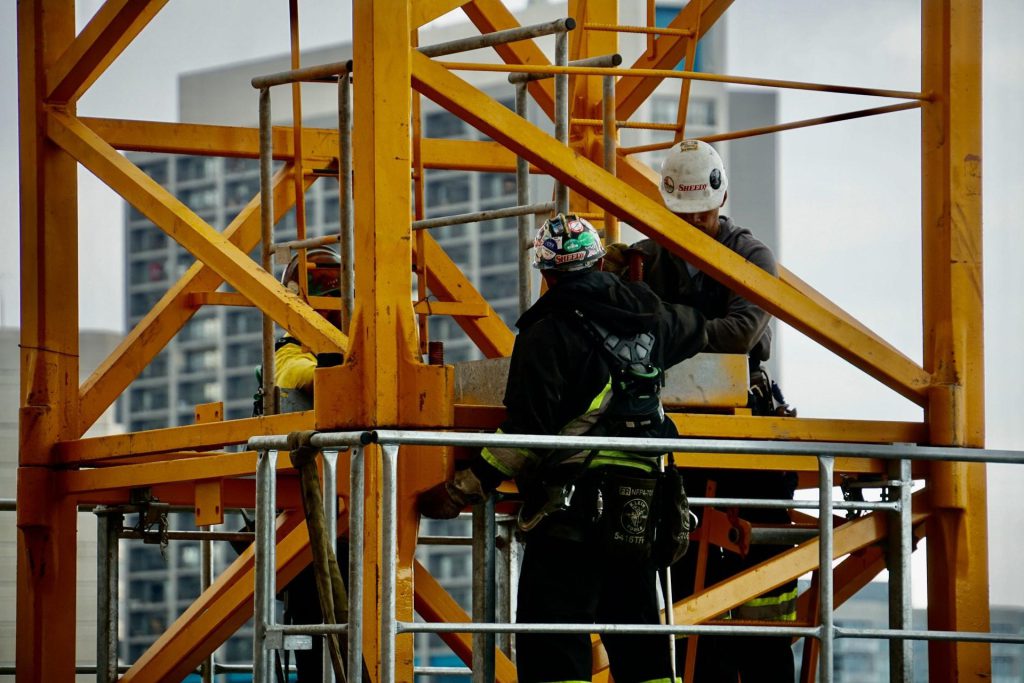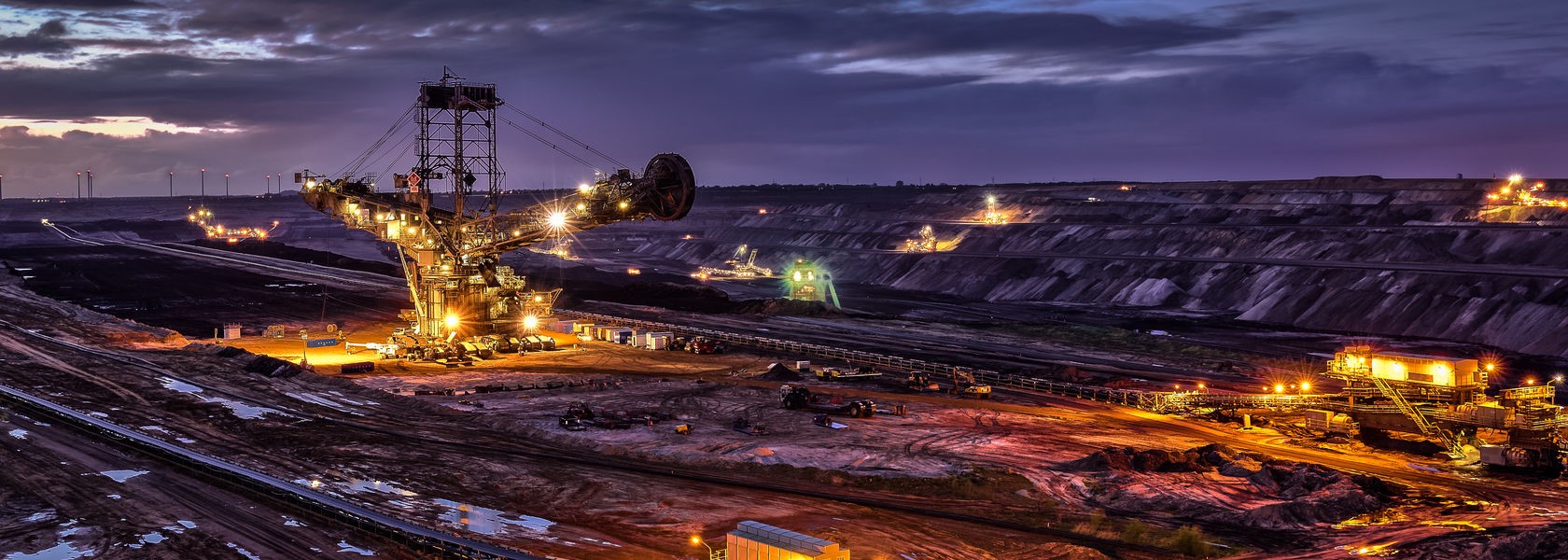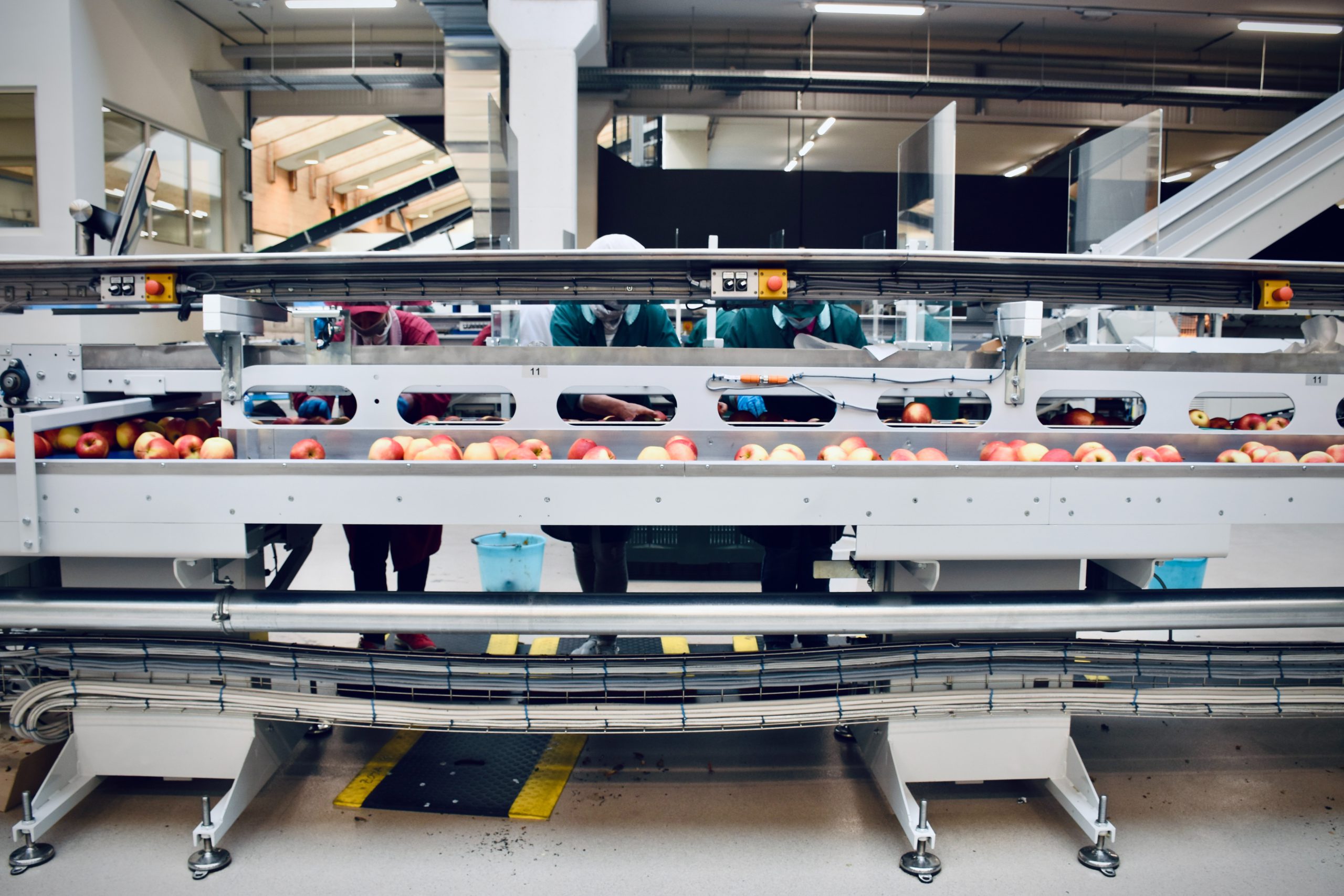
Four Reasons Why You Should Use Artificial Intelligence in the Construction Industry
Photo by Jack Sloop on Unsplash
The construction industry generates a considerable amount of data daily. As the industry advances, you should deal with more data, including blueprints, building models, communications, and cost estimation. Unfortunately, dealing with this data is difficult with today’s traditional tools, and you need something to harness big data in your industry.
But don’t worry because there is a perfect solution for that. You can use AI to realize value throughout your project lifecycles. It can help you overcome safety issues, workforce shortages, and cost and schedule overruns.
Still not convinced? Then keep reading because we will discuss four reasons you should use AI in the construction industry. But first, let’s talk about artificial intelligence and machine learning and how you can use them in the construction industry.
What Is Artificial Intelligence and Machine Learning in Construction?

Photo by Towfiqu Barbhuiya on Unsplash
Artificial intelligence (AI) refers to machines mimicking human cognitive functions. It includes problem-solving, pattern recognition, and learning.
Machine learning (ML) is a form of AI that can enable computer systems to “learn” from data using statistical techniques. The best part about AI is that you don’t have to program it explicitly to make it happen because the more the machines are exposed to data, the better they become at understanding and providing insights.
Machine learning has numerous applications and algorithms. For example, let’s say you want to make sure whether a building is susceptible to catastrophic failure. You can use a specific learning algorithm and ask relevant questions like “how old is the building?”, ask “has it recently been renovated or not?” and so on. Answering ‘yes’ to these simple questions leads you to one branch, and answering ‘no’ leads to another.
This example perfectly showcases a good machine learning algorithm. Remember playing 20 questions when you were growing up? It’s the automated version of that.
These questions may get more complicated as you apply AI in construction. For example, an AI program may need to assess progress in a grading plan to discover schedule risks early. The questions may involve machine uptime and downtime, cut and fill volume measurements, and weather patterns.
Can You Use AI and ML for Smart Construction?

Photo by Kelly Sikkema on Unsplash
AI and ML have great potential in construction. The industry expects to deal with information requests, open issues, and changed orders. You can rely on AI and ML as your smart assistants to scrutinize this plethora of information. They can also alert you about the critical factors that need immediate attention.
Today, many applications are using AI like that. It can help you in many areas, from mundane email spam filtering to advanced safety monitoring. The sky’s the limit.
Now that you know the fundamentals, let’s not wait any longer and discuss four reasons you should use AI in the construction industry.
1. No More Cost Overruns

Photo by olieman.eth on Unsplash
You may go over the budget limit in your projects even if you employ the best project teams. AI enables you and your staff to quickly access real-life training material to boost their skills and knowledge. It also facilitates cost overrun prediction based on contract type, project size, and project managers’ competence level.
You can use the historical data (e.g., planned start and end dates) of predictive models to project realistic timelines for your future projects. Plus, it allows you to reduce the time required to integrate new resources into projects and expedite the project delivery process.
2. Improve the Design of Buildings

Photo by Acton Crawford on Unsplash
Architects, engineers, or construction experts can get the needed information to plan, design, construct, and manage buildings and infrastructure using a 3D model-based process called Building Information Modeling.
You should consider the 3D models to plan and design the construction of projects. You need to ensure that different models derived from various teams do not clash with each other.
Moreover, machine learning enables you to identify and reduce the clashes between different models from different teams to prevent rework in the form of AI-powered generative design. You may use software that uses machine learning algorithms to analyze each solution variation and generate design alternatives.
Once you set up the model requirements, the software will create 3D models optimized for the constraints using generative design software. Then, you can learn from each iteration until you achieve the ideal model.
3. Reduce Risks

Photo by Markus Spiske on Unsplash
There are various risks in every construction project, including quality, safety, time, and cost risk. These risks tend to increase as your projects grow larger because numerous sub-contractors operate in different areas in parallel on job sites.
You can use AI and machine learning solutions to monitor and prioritize risk on job sites. Doing this enables your team to focus their precious time and resources on more essential risk factors.
AI can also help you assign priority issues since construction managers can rate subcontractors based on risk scores to cooperate with high-risk teams and minimize risk.
4. Project Planning

Photo by Marten Bjork on Unsplash
One of the biggest problems of the construction industry is that they need precise scheduling and budget control. Today, some companies use robots and AI to solve construction project schedules and budget problems. They can automatically record 3D scans of construction sites using state-of-the-art robots. Then, they feed the data into a deep neural network to classify the time difference of sub-projects. This enables you to deal with minor issues before they become huge problems.
In the future, algorithms can use an AI technique named “reinforcement learning”. Using the technique, algorithms can learn based on trial and error. It can explore infinite combinations and alternatives based on similar projects and help you in project planning since it can optimize the optimal path and correct itself over time.
Let’s Summarize
The construction industry is increasingly dealing with a huge amount of heterogeneous data. Therefore, tapping into AI can be a viable option for people working in construction to avoid cost overruns, enhance building designs, mitigate risks, and achieve better project plans.
If you are interested in learning more about AI and its applications in the Construction Industry or would like to contribute to this field, visit THIS LINK to explore further information and get involved.







Responses